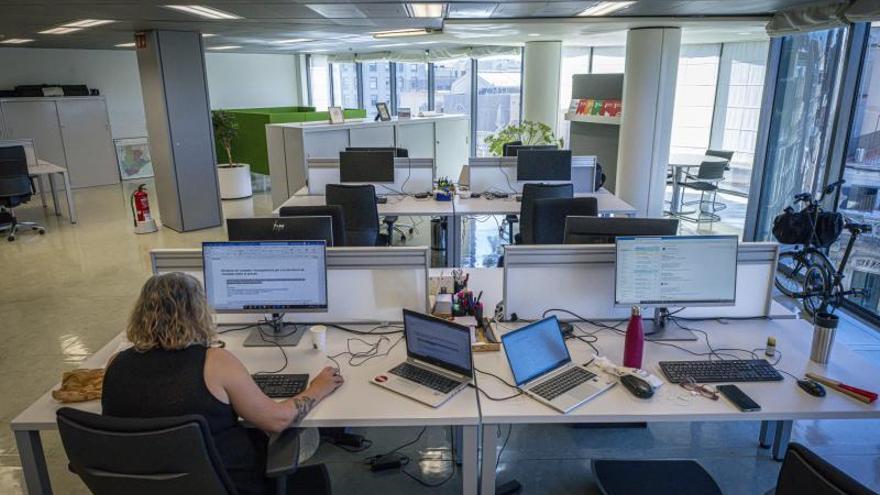Mental health is increasingly important in people’s lives and, especially in the work environment, it has become a crucial priority in recent years. Gi Group holding, multinational that offers 360º solutionson the occasion of the celebration of the European Week for Safety and Health at Workhas analyzed three phenomena related to the mental health of employees that have emerged in the work environment, as well as how companies can deal with them to take care of the health of their teams.
These cases are known as burnout, boreout and brownout. They are situations that present different forms of discomfort in the work environment, affecting both the mental health and performance of employees. Although each has unique characteristics, all three share a common denominator: the negative impact on motivation, emotional well-being and productivity.
Three different forms of workplace discomfort
He burnout, Specifically, it is officially recognized by the World Health Organization (WHO) and is probably the best known of the three. According to this organization, approximately 27% of workers worldwide experience high levels of work stress, contributing directly to burnout development. Compared to men, women are especially affected, with a 42% increasein compared to 30% in them, according to the report ‘The State of Workplace Burnout 2024’.
Silvia Martínez, HR Director of Gi Group Holding has expressed that “this syndrome appears as a result of chronic unmanaged work stress, stressful situations experienced constantly in a work environment. Its symptoms include physical and mental exhaustion or detachment from work, and a sense of professional ineffectiveness. To mitigate its effects, it is essential to ensure safe environments. psychological security, fostering a culture of support, where flexibility, open communication and training in stress management are promoted.
On the other hand, the boreout is a less well-known but equally harmful phenomenon, characterized by extreme boredom in the work environment. Employees who suffer from it suffer from a lack of challenges or tasks that allow them to use their skills, which results in deep demotivation. Although its effects may be less evident than those of burnout, its impact on long-term performance is equally considerable. “A work environment that offers personalized opportunities for personal and professional growth is key to preventing boredom and other mental health problems,” he says. Silvia Martínez.
Finally, the brownout, Often considered a stage prior to burnout, it is characterized by a Gradual disengagement and loss of interest in work. Unlike burnout, where exhaustion is evident, brownout presents itself in a more subtle way, with signs such as lack of motivation, reduced proactivity and a decrease in creative energy. Although less visible, brownout can be equally harmful to both the work environment and employee well-being.
These phenomena impact worker performance and health in different ways, and their increasing prevalence underscores the need to foster healthy and sustainable work environments.
The importance of prevention and well-being at work
Faced with these three challenges, companies must be prepared to implement policies that promote well-being and mental health in the workplace. Training programs in stress management, promoting a balance between work and personal life or creating spaces for professional development can make a difference in the prevention of these syndromes.
Related news
For Silvia Martínez, HR Director of Gi Group Holding, “It’s not just about offering benefits or work flexibility. Companies must commit to building a culture of well-being where every employee feels that their abilities are recognized and valued, and that they can reach their full potential without compromising their mental health.”
